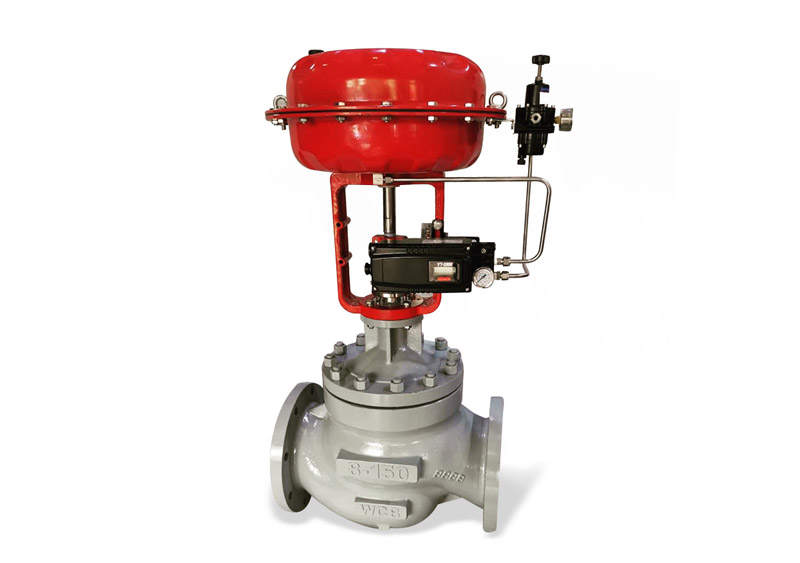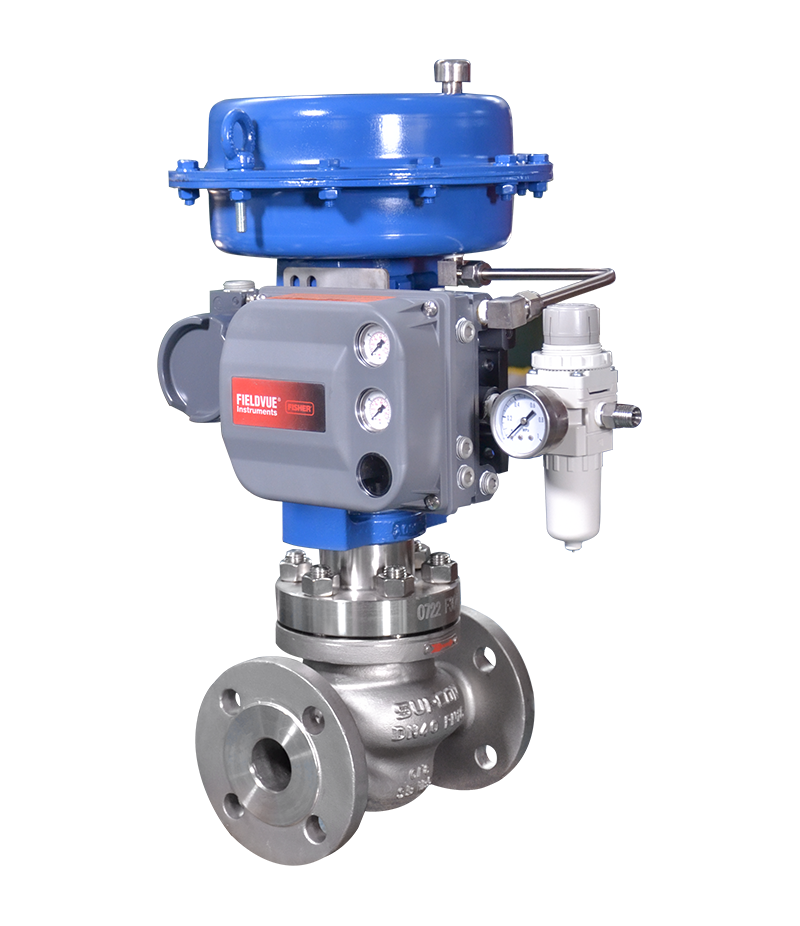Choosing the Right Control Valves: A Guide to Optimal System Performance
Choosing the Right Control Valves: A Guide to Optimal System Performance
Blog Article

Maximize Power Financial Savings and Convenience With Advanced Structure Automation Controls
In the realm of contemporary style and center administration, the assimilation of advanced building automation manages stands as an essential development. By using the power of automation, buildings can adjust, respond, and develop in means that were when unimaginable.
Power Efficiency Conveniences
Power efficiency benefits can considerably lower power consumption and operational expenses in structures. By implementing energy-efficient methods and technologies, building proprietors and drivers can accomplish significant financial savings while additionally contributing to environmental sustainability. One of the primary advantages of improving energy efficiency in buildings is the reduction of utility bills. Energy-efficient systems, such as advanced building automation controls, can optimize using sources like lighting, home heating, and air conditioning, leading to lower energy expenditures over time.
Moreover, boosted power effectiveness can extend the lifespan of building tools and systems. By operating more efficiently, heating and cooling systems, light, and various other structure elements experience less deterioration, causing reduced upkeep and replacement expenses. In addition, energy-efficient buildings commonly command higher building values and rental prices, offering lasting financial benefits to proprietors.
Additionally, power effectiveness can boost resident convenience and productivity. Effectively regulated interior environments with ideal lighting and thermal problems create an even more conducive and enjoyable work space, bring about enhanced employee satisfaction and efficiency. Overall, the power effectiveness benefits connected with sophisticated building automation controls are complex, incorporating expense savings, ecological stewardship, and occupant health.
Boosted Convenience Control
Enhancing comfort control in building settings needs an advanced integration of advanced automation systems for optimum passenger wellness. By utilizing advanced structure automation controls, facilities can tailor the interior setting to satisfy the certain requirements and choices of passengers. control valves.
By integrating these advanced controls, buildings can not just boost comfort but likewise boost energy performance by enhancing system operations based on real tenancy and usage patterns. Inevitably, focusing on occupant comfort via sophisticated automation systems leads to an extra pleasurable and much healthier interior environment.
Functional Efficiency Improvements

Moreover, the execution of real-time surveillance and analytics devices enables structure drivers to determine power inefficiencies and operational anomalies promptly. By continuously checking energy use his explanation patterns and system efficiency metrics, adjustments can be made in real-time to maximize energy usage and ensure peak operational effectiveness. control valves. Additionally, incorporating demand feedback approaches right into building automation controls can even more enhance operational effectiveness by dynamically adjusting power use based upon grid conditions and pricing signals
Indoor Environment Optimization
Reliable indoor climate optimization is a fundamental facet of visit the site building automation controls, ensuring owners' convenience and wellness while taking full advantage of energy savings. By making use of sophisticated sensing units and controls, constructing automation systems can continuously keep track of and readjust temperature, moisture levels, air high quality, and ventilation to develop an optimum interior atmosphere. Maintaining comfy and constant problems not only boosts resident complete satisfaction however likewise enhances performance and general well-being.
Interior environment optimization likewise plays an essential role in energy efficiency. By fine-tuning cooling, ventilation, and home heating systems based on real-time data and tenancy patterns, constructing automation controls can dramatically decrease energy consumption - control valves. Implementing methods such as demand-controlled ventilation and thermal zoning can help minimize energy waste while ensuring that each location of the structure gets the necessary conditioning.

Sustainable Setting Production
Structure automation manages not only optimize interior climate conditions for power performance and passenger comfort yet additionally lay the structure for producing a sustainable environment via critical monitoring of systems and resources. By integrating innovative structure automation innovations, such as sensing units, actuators, and smart software application, facilities can monitor and adjust energy use in real-time to reduce waste and reduce their carbon impact. These systems enable click here now predictive upkeep, identifying possible concerns prior to they intensify and enhancing equipment performance to boost long life and efficiency.
Moreover, lasting environment production extends past energy management to incorporate water preservation, waste reduction, and interior air high quality improvement. Structure automation controls can manage water usage, identify leaks, and ensure proper garbage disposal practices, adding to total sustainability initiatives. Furthermore, by regulating and keeping an eye on air flow and filtration systems, these technologies boost owner wellness and efficiency while lowering power consumption related to cooling and heating operations.
Final Thought
Finally, progressed structure automation controls offer substantial advantages in regards to energy savings, comfort control, operational performance, interior climate optimization, and developing a lasting environment. By executing these controls, buildings can attain ideal efficiency while decreasing energy intake and improving owner comfort. It is obvious that the usage of advanced automation innovation is essential in boosting building efficiency and creating an extra lasting future.
Energy performance benefits can substantially minimize energy intake and functional expenses in buildings. Generally, the energy effectiveness advantages connected with sophisticated structure automation controls are diverse, including price financial savings, ecological stewardship, and occupant well-being.
In addition, including need reaction techniques right into structure automation controls can even more enhance functional performance by dynamically changing energy use based on grid problems and prices signals.
Building automation regulates not only enhance indoor environment problems for power effectiveness and resident comfort however likewise lay the foundation for developing a sustainable environment through critical management of sources and systems.In final thought, advanced structure automation controls deal significant advantages in terms of energy savings, convenience control, operational effectiveness, indoor climate optimization, and creating a lasting atmosphere.
Report this page